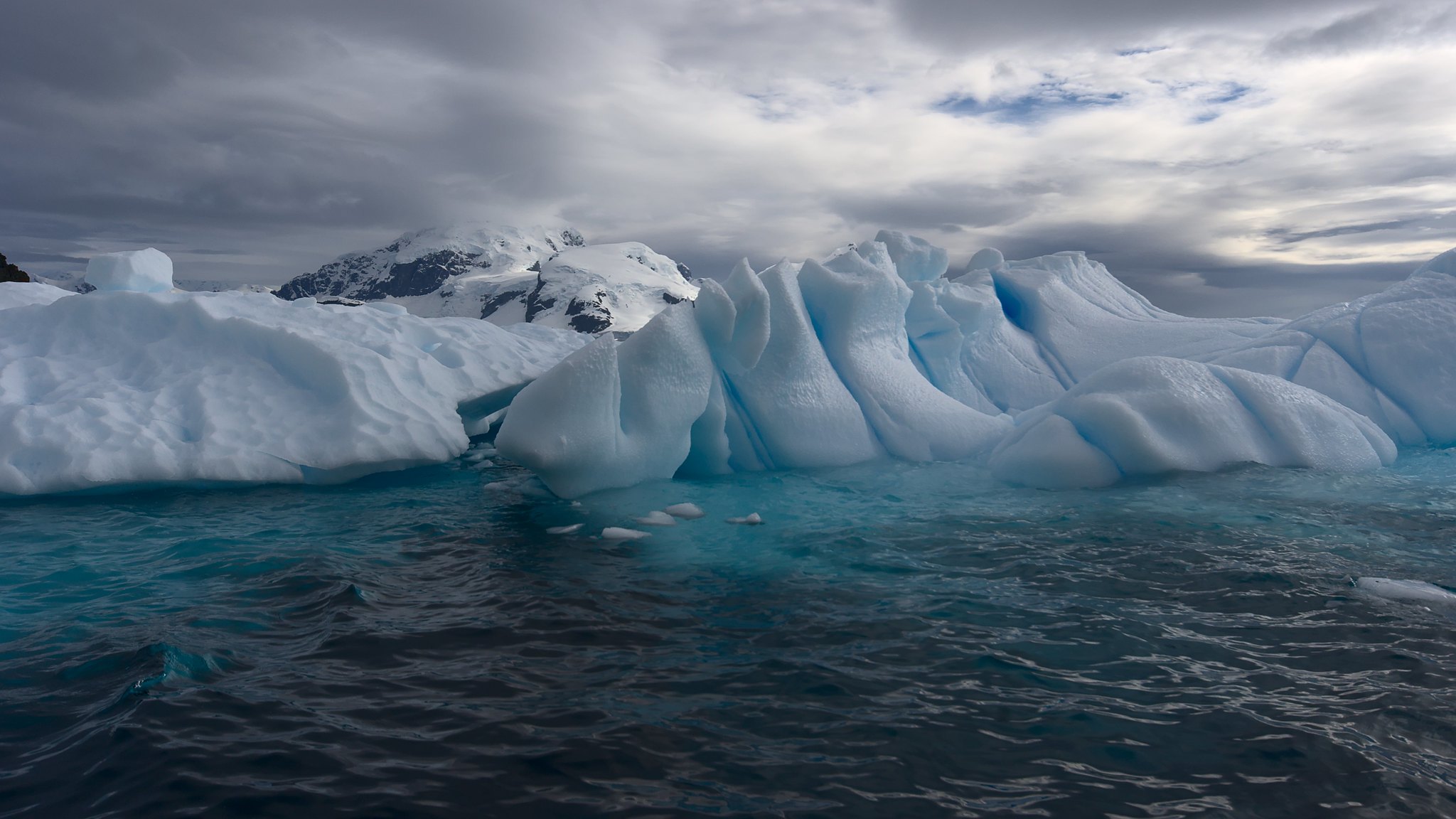
A record-high temperature was recorded in Antarctica on February 6, with the thermometer hitting 18.3°C (64.9°F) at Esperanza Base, on the northern tip of the Antarctic Peninsula, according to Argentina’s Servicio Meteorológico Nacional (SMN). This temperature beats the previous record of 17.5°C (63.5°F) by 0.8°C (1.44°F), made at the same location in March 2015.
“[This] is not a figure you would normally associate with Antarctica, even in the summertime,” UN World Meteorological Organisation (WMO) spokeswoman Clare Nullis said during a press conference in Geneva. The WMO verified the record in a February 7 press release. The WMO is now in the process of verifying whether or not this temperature also represents a record for the entirety of Antarctica, although it is highly probable that it is.
The warming event appears to be associated with a weather phenomenon that occurred in the area called a “foehn”, “a rapid warming of air coming down a slope/mountain,” according to WMO’s Weather and Climate Extremes rapporteur, Randall Cerveny.
Like the Arctic, the Antarctic Peninsula is one of the fastest-warming regions on the planet, having seen a nearly 3°C (5.4°F) increase in average temperatures since 1970. Located in Western Antarctica, the peninsula is dominated by expansive ice shelves, including the massive Larsen C Ice Shelf, of which calved off what is now the world’s largest iceberg in 2017. That iceberg, designated A68, is now on the move northward, after being caught in the gyre in the Weddell Sea for the last quarter-decade.
Subscribers, to watch the subscriber version of the video, first log in then click on Dreamland Subscriber-Only Video Podcast link.
According to this BBC article, one area hit 20.75 Degrees C on the 9th of Feb…
https://www.bbc.co.uk/news/world-51500692
Man, a 2.45°C (4.41°F) jump over two days, and that’s roughly 100km (60 miles) closer to the pole. Not that that distance means much, but the numbers still stand.
Perhaps the WMO should hold off for a bit before declaring a new record, in case Antarctica has any more surprises?
Meanwhile in the northern hemisphere the NYT reports a British Airways flight ” took four hours and 56 minutes, reached a top speed of 825 miles per hour, according to flight-tracking data.” Because of a 240mph jet stream that is propelling “bomb genesis” storms across the north Atlantic. More and more sounding like some of the predictions from “The Key” excepting that maybe there is so much carbon and methane in the atmosphere that it may be too much of greenhouse for a new ice age.
As the climate instability grows so does the human emotional, political instability seemly preventing any intelligent cooperation to prepare much less try to change the root causes. At a time when mature competent leadership is so important we have the extreme opposite.
Air and sea currents might have carried heat from Australian fires and the particulates likely insulated it, too.